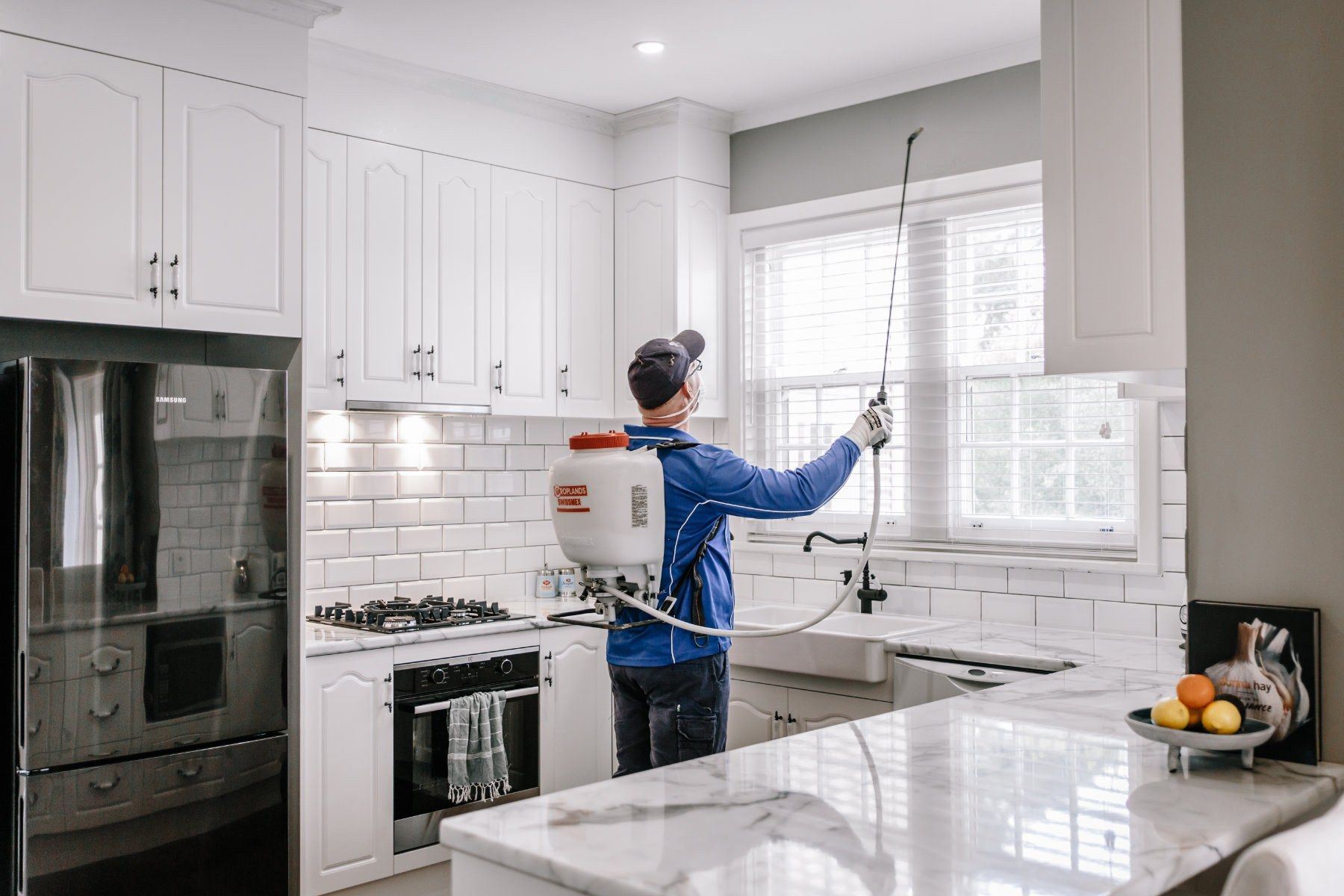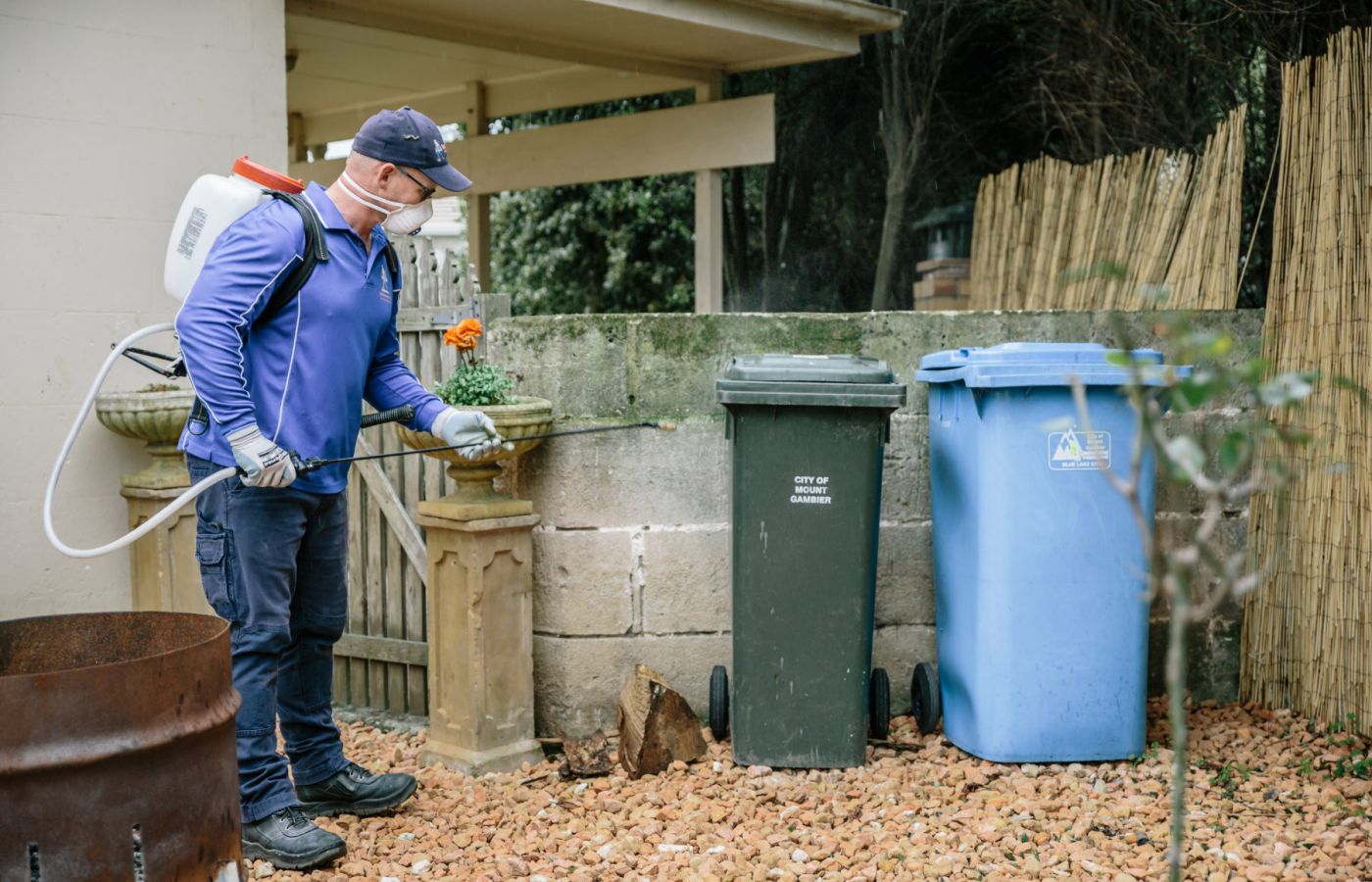The answer rather depends on whether you're a reactive or proactive person. If you're reactive, you generally call for a pest treatment when you spot the first signs of pests or if you have a pest infestation. If you're proactive – meaning you want to prevent a pest problem occurring in the first place – then the timing of the treatment(s) will depend on the pest problems that normally occur at your property, with each pest typically have a 'season' when they are most abundant.

The pest seasons…
Generally speaking, here in South Australia, the warmer months (Spring to Autumn) tend to be the pest season for insects and spiders (which aren't insects – they have eight legs, not six), and winter tends to be rodent season.
Even in the warmer months, there are seasons for individual pests. For example, the spider season will start in early spring and run to a peak in December, when ants and flying insects (flies, wasps and mosquitoes) tend to take over. Millipedes have peaks in both spring and autumn.
Termites are present all year round, chomping through houses. Although they will slow down in their natural environment during the colder months, they will keep eating away in heated homes!
Why is this important?
Knowing which pests tend to be a problem at your property and when they emerge generally dictates the best time to conduct preventative pest treatment. It's always best to apply the treatment before the population starts to build, so it nips any potential problem in the bud.
For example, the best time for a spider treatment would be any time from early spring onwards. It is worth having treatments in early spring and early autumn for a millipede treatment before a wet period is forecast.
Spring treatment is best.
That said, if you simply want to ensure you have a pest-free home, generally, a spring treatment is best to prevent pest problems later in the year – any time from late August through to early November. If the pest treatment is timed correctly as the overwintering pests start to emerge, it can knock the population on the head before they have a chance to build nests and start breeding.
What about termites?
When it comes to termites, you definitely want to be proactive and prevent a problem from occurring in the first place. If you wait until you spot termites, it could already be too late! So for termites, it is recommended to have a termite management system installed around your property – either a termite baiting system or soil treatment – and back this up with annual termite inspections to ensure everything is in order. Act now before it's too late!
Twice a year is even better!
While many customers only require an annual pest control treatment, two treatments a year may be required to keep the pests at bay for those who suffer from high pest pressure. This is because pest treatments will last on average around six months – longer in areas protected from the weather and shorter in areas exposed to the sun and rain. So with a treatment in early spring, a second treatment in early autumn may be required.
A treatment in late autumn or winter is generally not advised unless there is a specific pest problem as insect numbers drop off naturally as the cold weather sets in. With a treatment lasting for six months or so, you don't really want to 'waste' three months of that treatment over winter.

